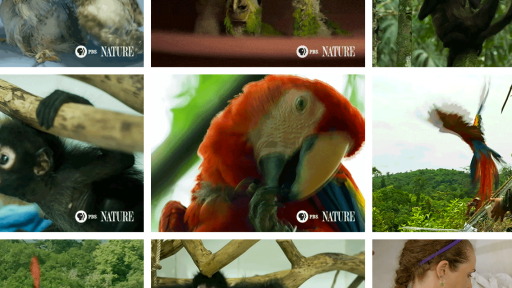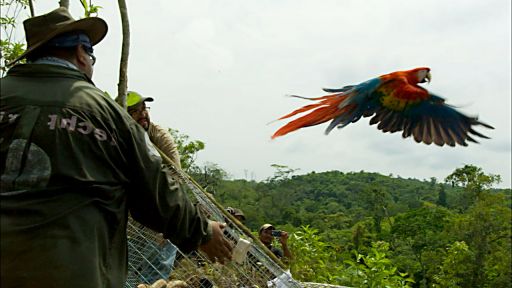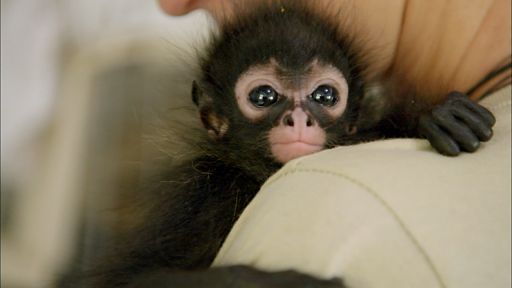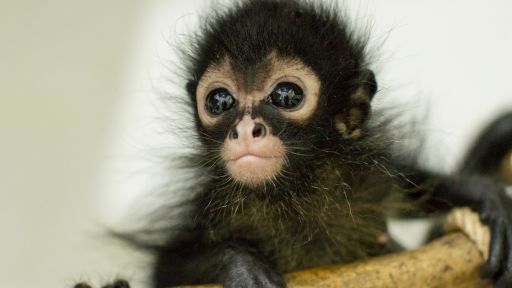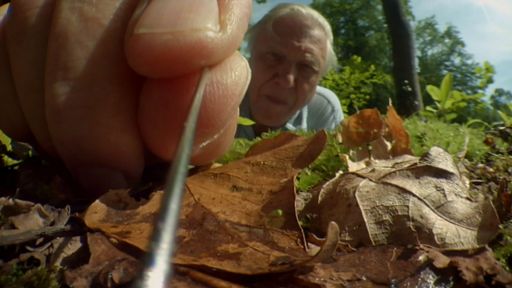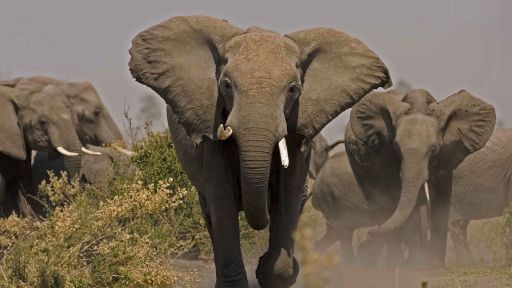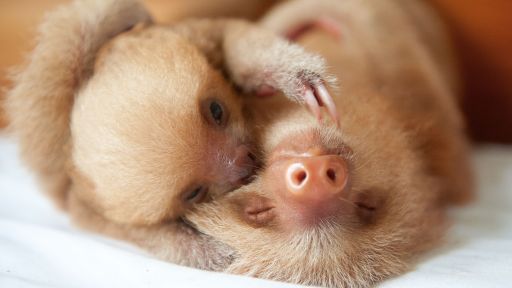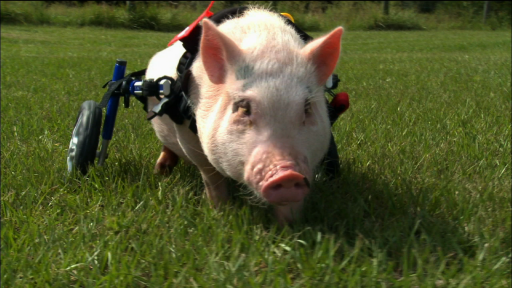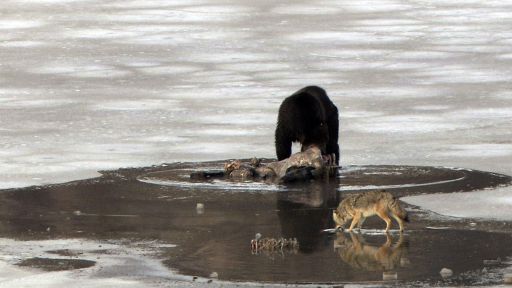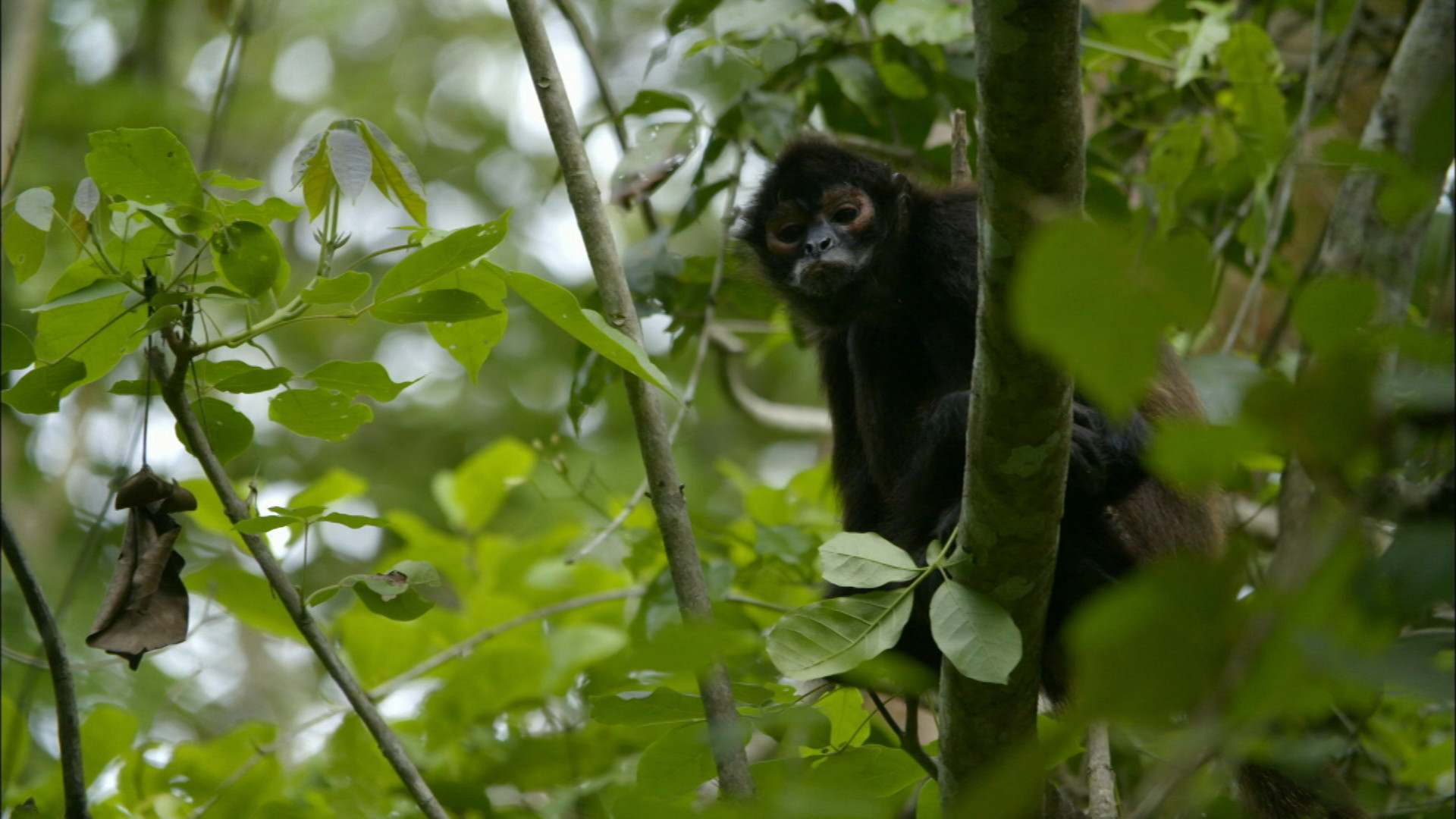
Bruce, a black spider monkey that was having trouble separating from humans and integrating into his group.
“Bruce” (known in our study as the omega spider monkey) was indeed a weak individual; however he had been with the group for several years before release, and played a role in the structure of the troop.
In a traditional spider monkey society, the hierarchical spot of lowest ranking male (known as the omega) is an outcast and will leave the group and usually find another group of outcasts that will form a new troop with their own structure and their own “culture”. This is something that happens naturally and we look for the initial traits of this future behaviour, aiding in our quest of having these spider monkeys behaving and developing as naturally as possible.
“Bruce” had very aberrant behaviour at the beginning of the final rehabilitation stage and it was due to him that the group spent double the time in their last enclosure. His behaviour was not only detrimental to him as an individual; it was also detrimental in the troop’s general assessment, skewing the behavioural analysis results.
We decided to try more negative imprint techniques for each of the aberrant behaviours in order to aid his development and integration with the troop. The firecrackers depicted on film were just a part of it; for example anti-poaching, predator training, and others took place. It worked, to enough extent that his behaviour was less skewed and so he didn’t affect the general group behaviour as much. His integration was better; he slept and was accepted in close proximity to the infants and even the dominant males! So, his place was still as an omega, soon to be outcast, but it had improved from being a “ground monkey”.
In previous releases, the omega males that ARCAS have released have left the group and we have seen them join with scattered wild groups and thrive amongst them. Although “Bruce” did follow this mould and leave the group we never saw him integrate, but we did see him eat, be on trees and not look for human contact. We were “observed” by him for about a kilometre without being able to see him and he did not look for any interaction.
He lived over a month in the wild, but sadly he never found a group of outcasts like himself, to naturally adapt as many others have before him. We never knew the cause of his death, it will remain a mystery.

